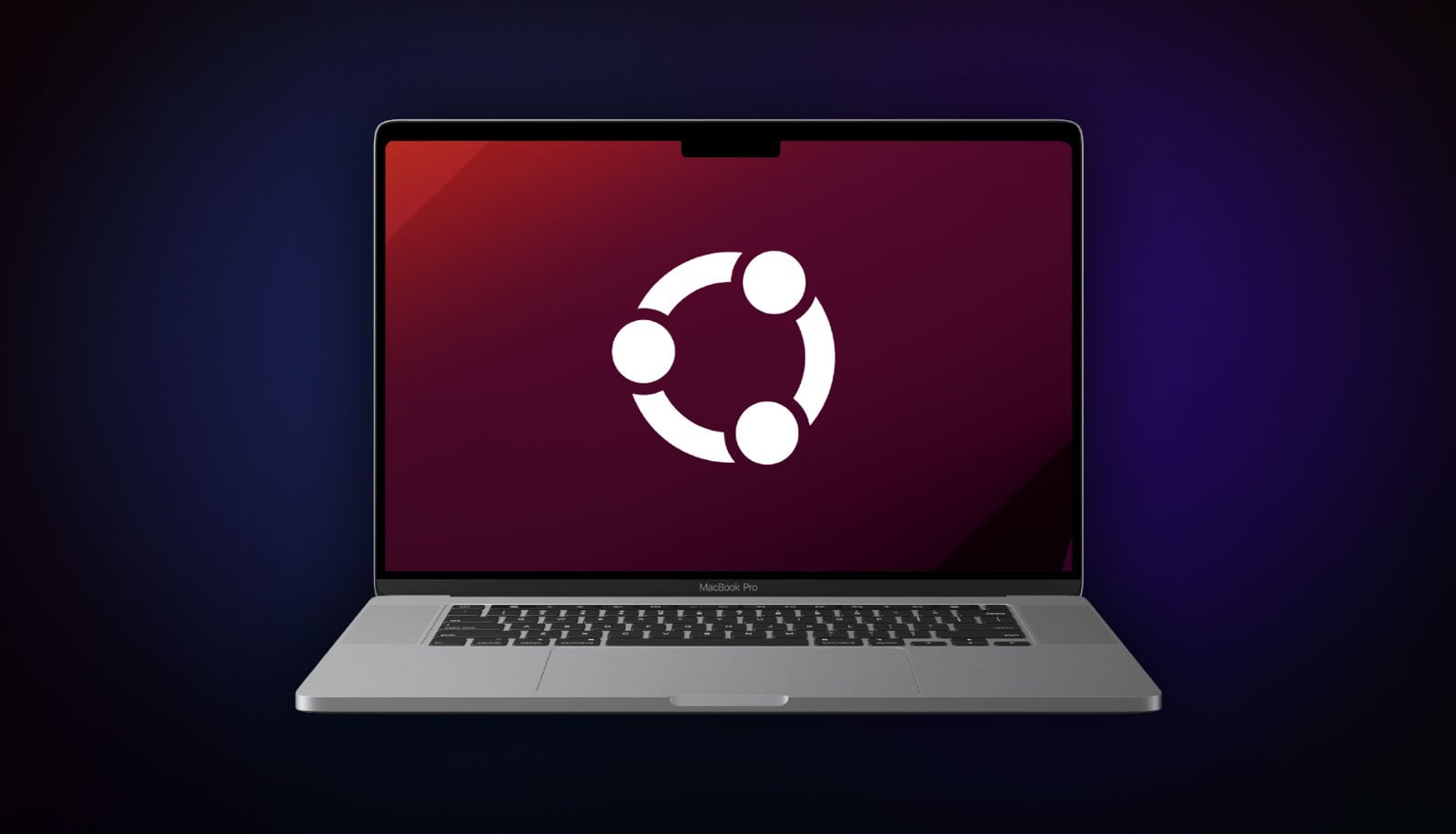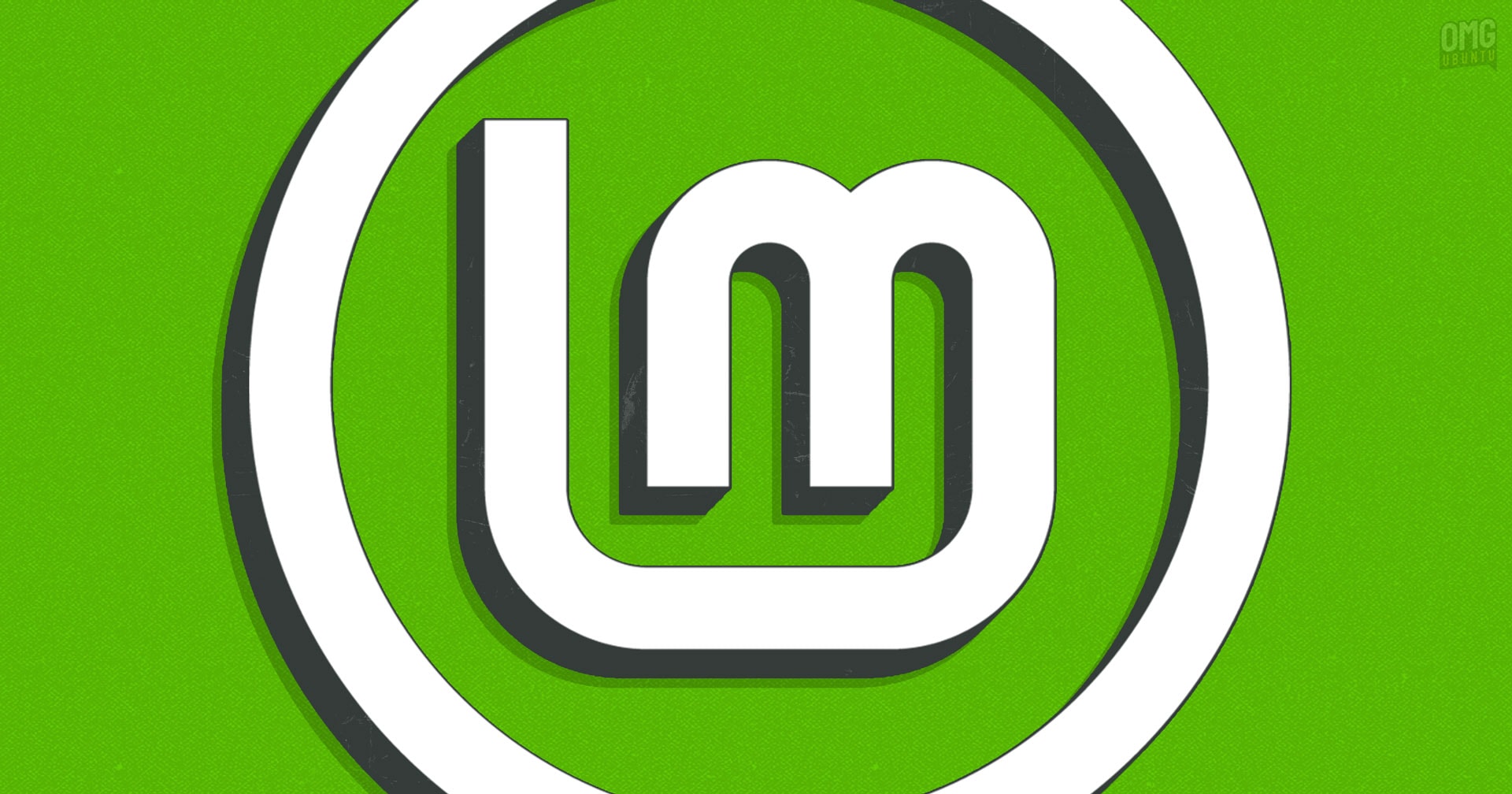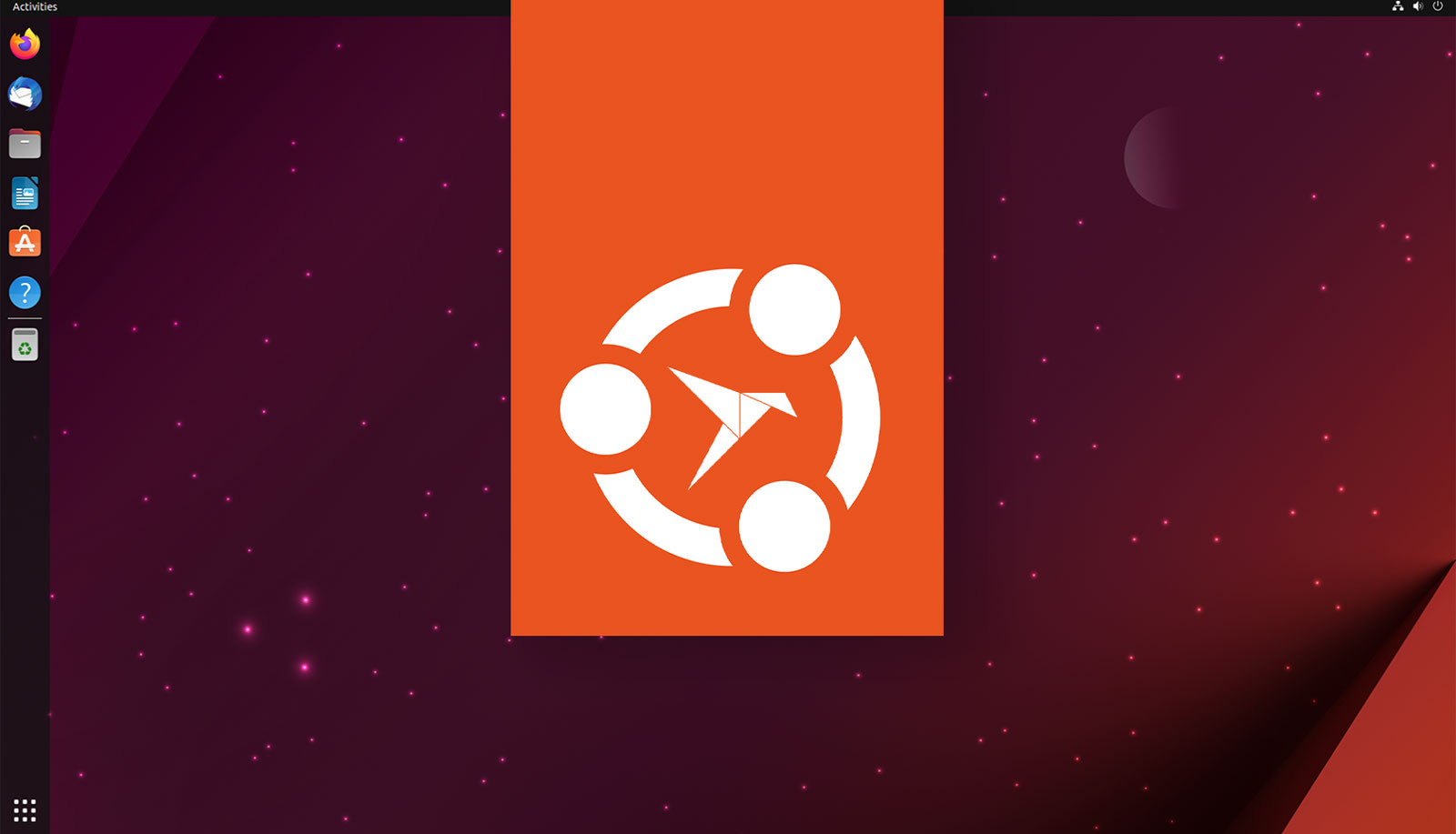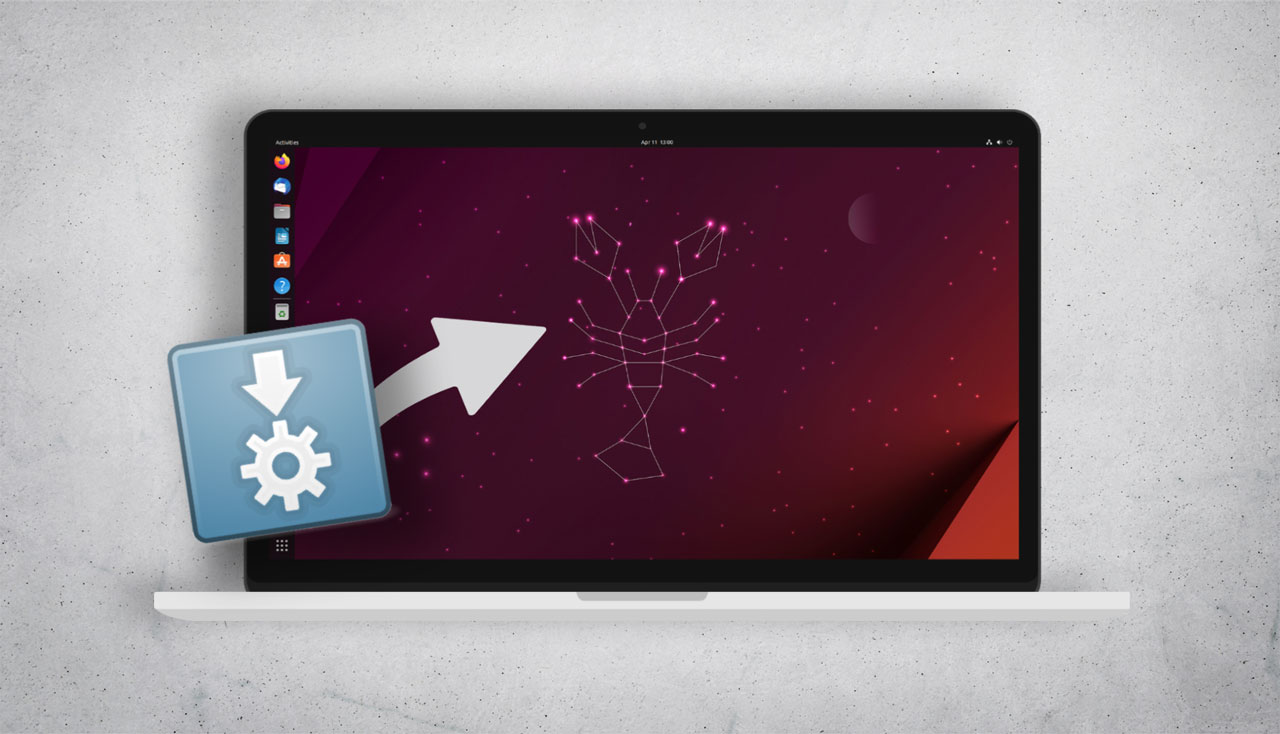Ubuntu Asahi is a community project that brings a full Ubuntu desktop experience to Apple silicon Macs.
If you’re familiar with efforts to get Linux running on Apple silicon you’ll have heard of the Asahi Linux project, which is headed by a phenomenally talented developer and engineer called Hector Martin.
It’s the Asahi project doing the “grunt” work to get Linux working on Apple silicon. This monumental feat requires reverse engineering, debugging, creating brand new drivers, and all sort of technical head-scratching to come up with technical solutions to hardware not readily documented.
Yet it’s paying off big time – Asahi Linux is already usable on M1 and M2 Macs. There’s even formative GPU acceleration allowing undemanding games to be played. That this is possible at all is a testament to the skills of those working on Asahi, and also to the malleability of the Linux kernel.
Put simply, Linux was born to run where it shouldn’t.
Run Ubuntu on M1 & M2 Macs
“Our goal is for all distros to eventually integrate all this work”, Asahi devs said in August, when announcing their own flagship distro, Fedora Asahi Remix, the purpose of which is to “prototype what this integration looks like” for other projects to learn from.
Which is precisely what the Ubuntu Asahi project is doing.
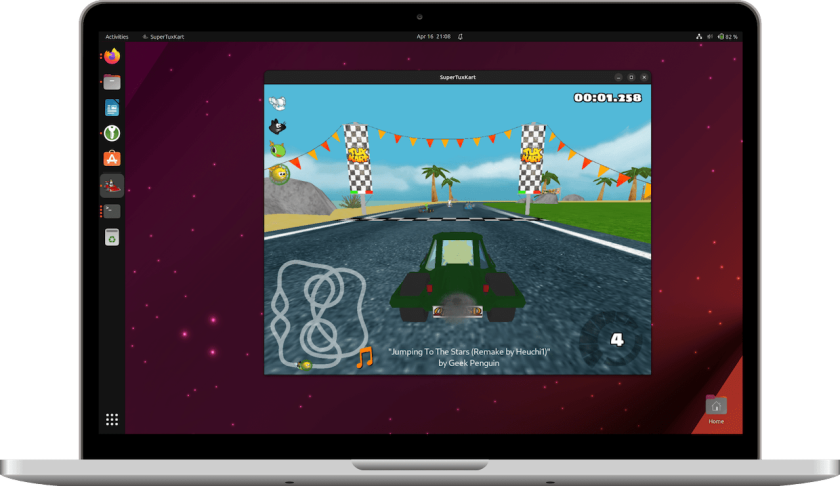
Strictly a community effort (not supported by Canonical – yet), it marries the marvellous engineering work done by Asahai devs with the Ubuntu desktop stack. It’s lead by Canonical’s Tobias Heider, who works as a Security and Cryptography Engineer at the company.
The goal is to provide stable, fully-featured Ubuntu installs for Apple silicon hardware.
Though given the formative nature of everything so far (Linux is usable on M1 and M2 Macs but whether it’s usable enough will vary based on individual preferences and needs).
If you’re interested in learning more head over the Ubuntu Asahi GitHub page.
Prebuilt images of Ubuntu 22.04 LTS and Ubuntu 23.04 are available to test (once imagines Ubuntu 23.10 will be added soon-ish). The included installer is able to ‘dual boot’ macOS and Ubuntu Asahi, which is neat.
(Wondering how Linux works around the ‘notch’ in the MacBook Pro? It crops the screen to hide it, and the desktop environment running sees a standard rectangular display. DEs are able to opt-in to work with the notch, assuming they’ve got the code to ‘work’ with it in view).
apple silicon
Ubuntu Asahi

